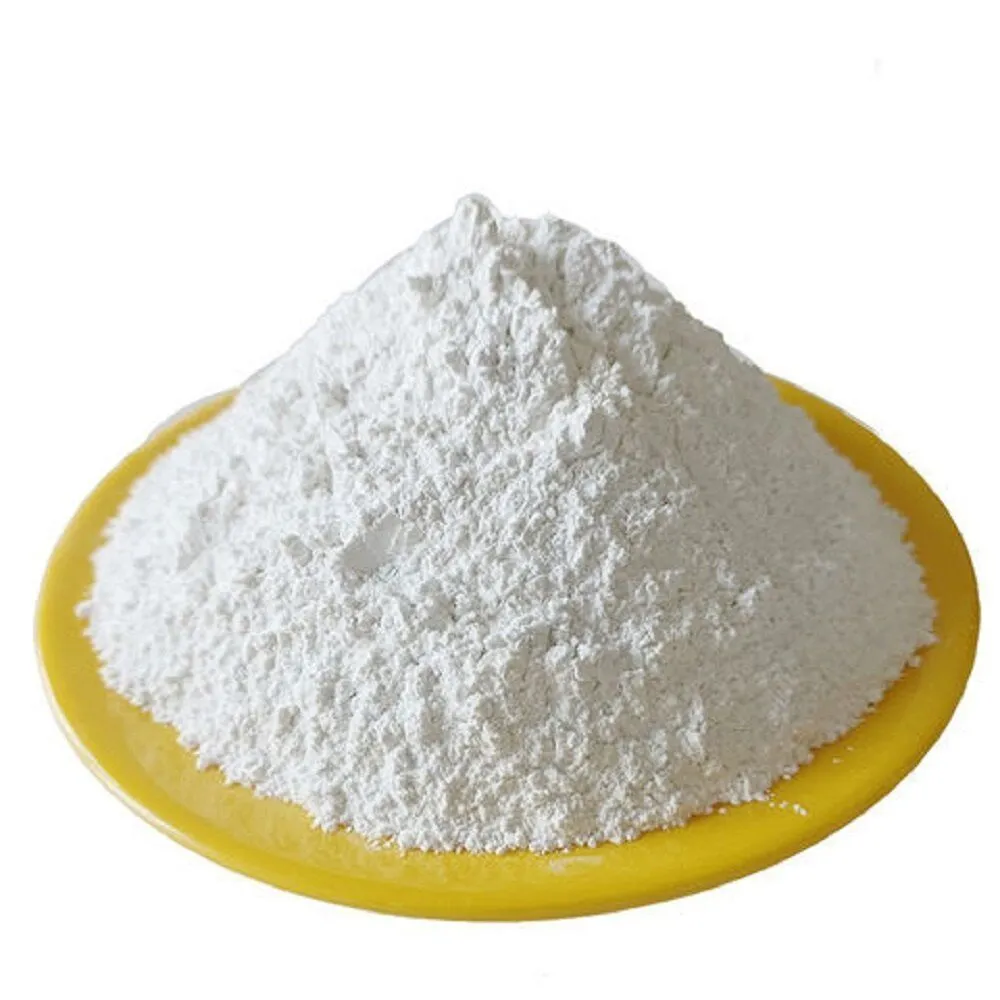How Activated Calcium Carbonate is Produced
The production of activated calcium carbonate starts with natural calcium carbonate. This material is treated with specific chemical agents, such as fatty acids or stearic acid, to alter its surface characteristics. The process enhances the material’s compatibility with other substances, making it easier to blend into different products. This surface modification also boosts its dispersibility and improves its performance in various applications.
Common Uses in Manufacturing
Activated calcium carbonate is widely used in the manufacturing sector due to its unique properties. In the plastics and rubber industries, it acts as a filler, improving the strength and flexibility of products. Its use in paper production enhances brightness and opacity, making it ideal for high-quality printing materials.
In the construction industry, activated calcium carbonate is found in paints and coatings, where it improves durability and provides a smooth finish. It is also used in sealants and adhesives for its reinforcing properties. Beyond construction, the material plays a significant role in cosmetics, where it serves as a safe and effective thickening agent.
Benefits of Using Activated Calcium Carbonate
One of the primary advantages of using activated calcium carbonate is its cost-effectiveness. It reduces the need for more expensive materials while maintaining the quality of the final product. Additionally, its fine particle size and surface treatment ensure even distribution, enhancing product performance.
In terms of environmental impact, it is considered a sustainable choice. Its production involves minimal waste, and its use can contribute to reducing the overall carbon footprint of manufacturing processes. These benefits make it a preferred option in industries aiming for eco-friendly solutions.
How It Improves Product Performance
The surface treatment of activated calcium carbonate makes it highly compatible with a variety of materials. In plastics, it enhances impact resistance and thermal stability. In rubber products, it improves elasticity and strength. For paper, it ensures a smooth texture and superior brightness.
Its versatility is further highlighted in its use in paints, where it provides excellent coverage and improves resistance to wear and tear. These enhancements help manufacturers produce durable and high-performing products.
Future Potential of Activated Calcium Carbonate
The growing demand for sustainable materials is likely to increase the use of activated calcium carbonate. With continuous advancements in production techniques, its applications are expected to expand. Future research may also focus on improving its properties further, opening up new possibilities in high-tech industries such as electronics and renewable energy.
Activated calcium carbonate is a remarkable material with diverse applications across industries. Its ability to enhance product performance, coupled with its cost-efficiency and sustainability, makes it an invaluable resource in modern manufacturing. As industries evolve, the role of this material is only expected to grow, contributing to innovative and environmentally friendly solutions.








